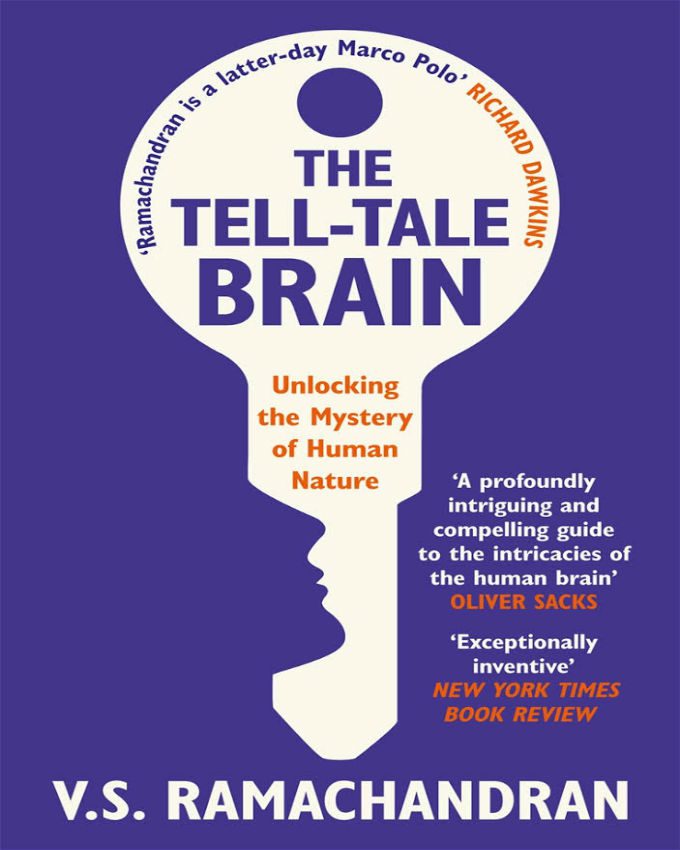
from Trinity College at the University of Cambridge. from Stanley Medical College in Chennai, India. Ramachandran, whose father wanted him to become a physician rather than a researcher, obtained an M.B.B.S. Ramachandran attended schools in Madras, and British schools in Bangkok. Industrial Development Organization and served as a diplomat in Bangkok, Thailand. Subramanian, was an engineer who worked for the U.N. His grandfather was Alladi Krishnaswamy Iyer, one of the framers of India's constitution. Ramachandran was born in 1951 in Tamil Nadu, India. Both his scientific research and his popularization of science have been recognized with multiple awards. Ramachandran has also described his work in many public lectures, including lectures for the BBC, and two official TED talks. Ramachandran's popular books Phantoms in the Brain (1998), The Tell-Tale Brain (2010), and others describe neurological and clinical studies of people with synesthesia, Capgras syndrome, and a wide range of other unusual conditions. Ramachandran invented mirror therapy which is now used to treat amputees with phantom limb pain and also to help restore motor control in stroke victims with weakened limbs.

After early work on human vision, Ramachandran turned to work on wider aspects of neurology including phantom limbs and phantom pain. Most of his research has been in the fields of behavioral neurology and visual psychophysics.

Ramachandran is a distinguished professor in UCSD's Department of Psychology, where he is the director of the Center for Brain and Cognition.Īfter earning a medical degree in India, Ramachandran studied experimental neuroscience at Cambridge, obtaining his PhD there in 1978.


He is known for his wide-ranging experiments and theories in behavioral neurology, including the invention of the mirror box. Vilayanur Subramanian Ramachandran (born 10 August 1951) is an Indian-American neuroscientist.


 0 kommentar(er)
0 kommentar(er)
